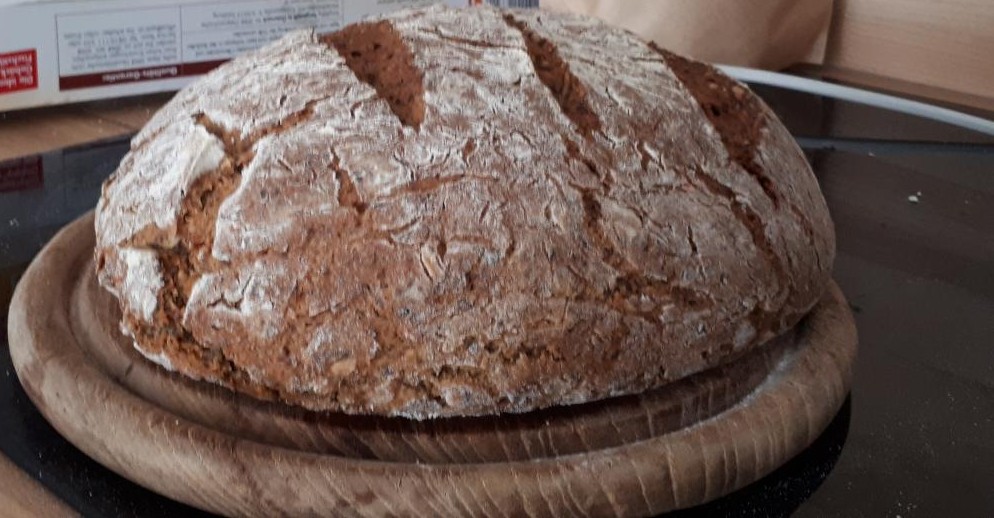there’s so much wild shit out there like, they got a cross between brussel sprouts and kale now, it grows little kale nuggets, it’s weird
Im a huge fan of broccolini except idfk what to call it because that’s apparently a trade mark of the Del Monte corporation and other places call it “sweet baby broccoli” but that’s INACCURATE because it ISN’T BABY BROCCOLI it’s actually a cross between BROCCOLI and GAI LAN which yields the succulent floral broccoli tops combined with the crisp crunchy asparagus like stalk of the gai lan and altogether a super premium ultra vegetable. I love that shit
If you want broccolini tips i’ve been tossing it in a light lemon garlic vinaigrette and then throwing it on the char grill until it’s charred and people go omg your broccolini, it is a so amazing
Anyway what are some other good weird brassicas y’all enjoy


Man I have never even heard of any of these, the vegetables in the shops here suck.
Having said that, we have a fairly common one here that I think might not be that well known internationally, called Wirsing (pronounced like “were-sing” or “were-jing”, think werewolf), apparently it is called savoy cabbage in English. It’s a big round head with big leaves like white cabbage, but they’re green and wrinkly. In my opinion the taste and texture is a bit like kale, but I haven’t had that much kale tbh. Kale is common in the north of Germany but not here in the south.
Wirsing is not my favorite, but maybe it’s niche? Anyway, it’s not eaten raw, it’s blanched (for e.g. a salad), steamed or put into a stew.
The Bavarian Cookbook* has this basic recipe for a steamed Wirsing, which I assume is lifted from the French somehow (CW: meat and butter are optional, but they’re mentioned in this recipe):
Wash, remove stalk and very large ribs. Cut into eighths and then into wide strips. Optionally, for old Wirsing, blanch in salt water [I think this is to remove bitterness]. Fry onion in oil or use rendered bacon. Add salt, Wirsing, and only a little bit of liquid. Cover with lid and let steam on moderate heat until soft, add a bit more liquid when necessary. The cooked Wirsing can optionally be thickened using flour “dough-ling” or a beurre manié, bring to a short boil while stirring lightly [this is to get the flour taste out]. Add a little nutmeg, add salt and seasoning to taste, optionally improve using butter or fried bacon cubes. Cooking time about 45 minutes.
* Some background about this cookbook from German Wikipedia, which I think is interesting:
The book’s predecessor was the cookbook published in 1910 by the Bavarian Association for Economic Women’s Schools in the Countryside for young women and home economics teachers for “utilization in itinerant cooking courses” at the Miesbach Economic Women’s School, which was founded in 1903. These itinerant cooking courses were held in winter when work in the fields was at a standstill. The Miesbach itinerant teachers, often so-called higher daughters, came to the villages with mobile cooking equipment and taught cooking and home economics.